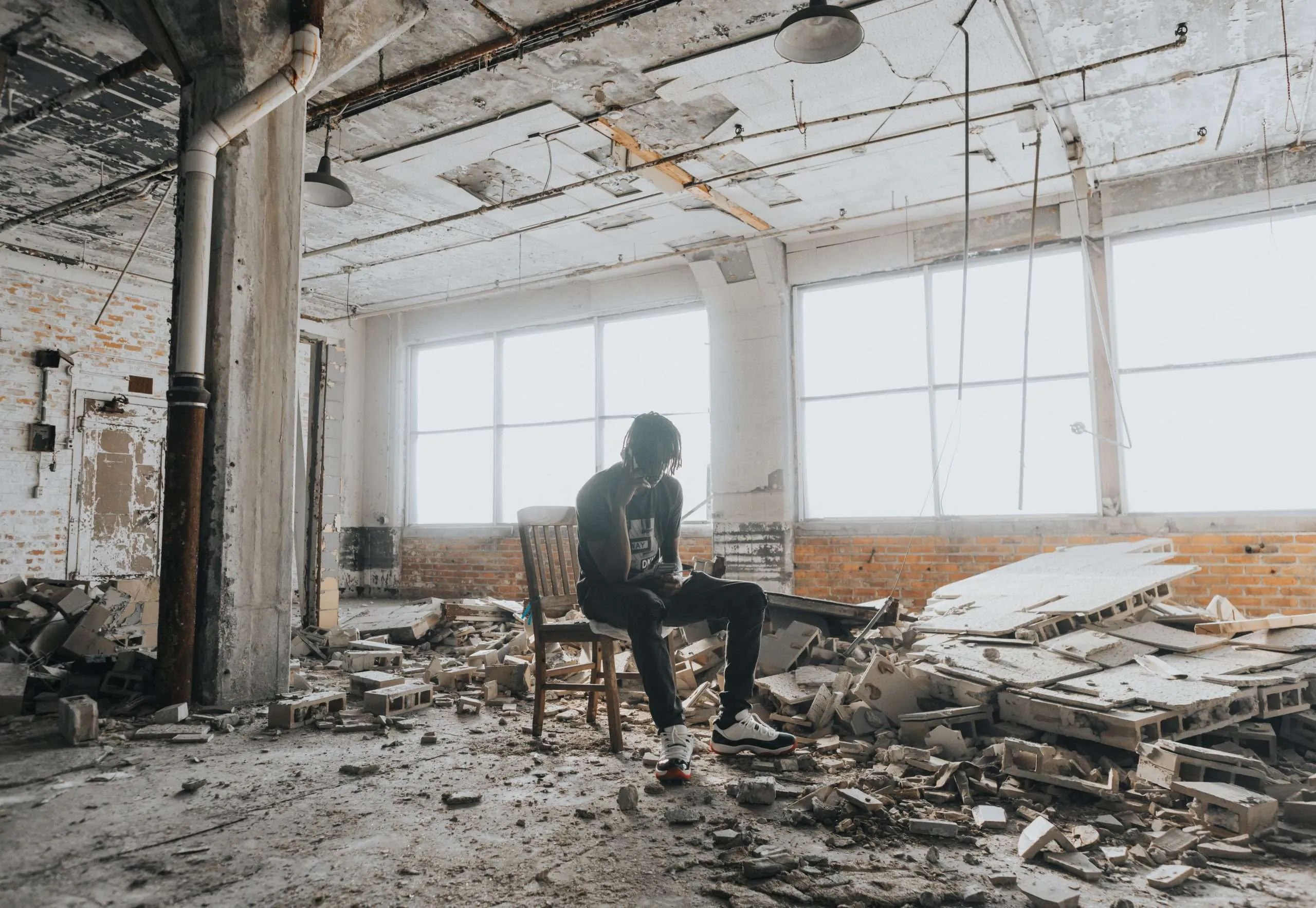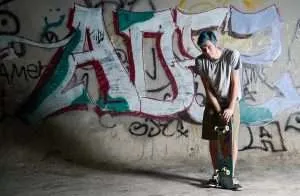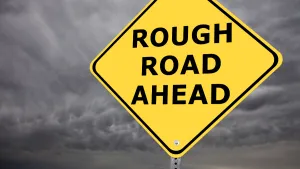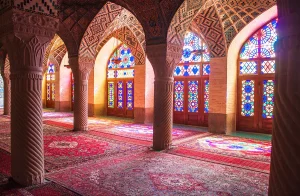Posing to cope is a reflection on trauma experienced by inner city youth through the lens of ‘the cool pose.’ A reflection that has led to the Cool Pose Effect, an initiative to increase mental health in Black and Brown communities.
We can NOT Ignore the Trauma Experienced by Inner City Youth
Trauma is a frustratingly common experience for Black and Brown youth who live in low-income, underserved communities. I should know. I grew up in Detroit, Michigan, where public schools are perennially underfunded and where youth in these communities are often subjected to police harassment and brutality. To add insult to injury, public services, and other resources to address these issues are solely lacking.
How do children and youth cope under such circumstances? Sometimes they act out, engaging in harmful behaviors, including drug abuse, unsafe and unprotected sex, and gang activity, which invites further social abandonment and police brutality. On the opposite end of the reaction spectrum, a young person may simply act unbothered–as though they don’t really care. For young Black males, that reaction is often expressed through what sociologists and psychologists call the “cool pose.”
Read an Interview with Janet Mancini Billson one of the authors of The Cool Pose
The Essence of Cool in Inner City Youth
“The essence of cool is to appear in control, whether through a fearless style of walking, an aloof facial expression, the clothes you wear, a haircut, your gestures or the way you talk,” said Black psychologist Richard Majors in an April 21, 1992 New York Times article. Majors is the author of Cool Pose: The Dilemmas of Black Manhood in America (Lexington Books, 1992), inspiration for the title ‘Posing to Cope.’
But even the cool pose can perpetuate the cycle of social castigation and abuse. The same New York Times article noted that “the cool pose is often misread by teachers, principals and police officers as an attitude of defiance” when in fact it is more likely “a way for black youths to maintain a sense of integrity and suppress rage at being blocked from usual routes to esteem and success.”
Posing to Cope
I know all too well about this trauma, about the cool pose, and about being blocked from the usual routes of esteem and success. My experiences are too many and all too painful to recall, but I will share two examples.
The first occurred when I was just 14 years old. My friend and I were walking down the street in the early afternoon when we were stopped by undercover cops. I was harassed and placed in the back of the police car. They asked me if I knew about robberies that had been happening in the area, to which I truthfully answered no. Their response was to accuse me of lying and to threaten to frame me as a snitch if I did not tell them the truth. In my neighborhood, to label someone a snitch was as good as placing a hit on their life. Although the police did not follow through on their threat, the experience scarred me.
Traumatic Encounters for Inner City Youth with Police
My second example also involves a traumatic encounter with the police; this time, I wasn’t so “lucky.” I was 18 years old when the police stopped me again and informed me that a warrant was out for my arrest. Despite my insistence that this must be a case of mistaken identity because I had never been in any trouble, they put me in jail. To my repeated claims of innocence, their response was, “That’s what they all say.”
I thought I would only spend one night in jail, but one night turned to two weeks before I was transferred to the county jail and eventually given a court date another two weeks later. My court-appointed attorney tried to pressure me to admit guilt and accept a three-year prison sentence plea deal. I refused, so the police were forced to do an investigation to find actual evidence.
Posing to Cope, Eventual Justice
Eventually, justice prevailed, but by the time I was let go, I had spent more than two months in jail among hardened criminals. I never fully recovered from that experience. In my senior year of high school, the trauma began to take a toll on my grades. The school counselor informed me that I would not graduate if I did not turn things around. Instead of seeking help, I adopted the cool pose and dropped out. I acted as if I didn’t care, but the truth is, I was embarrassed.
I needed to talk to a therapist. But in 2003, in my community, talking to a therapist was considered abnormal and generally discouraged. And it still isn’t championed in many low-income communities. The lack of access to mental health and wellness resources is perhaps the greatest disservice and the greatest trauma that I faced, and that many inner-city youths still face daily.
Cool Pose Effect on Inner City Youth
That’s why I am launching an initiative that seeks to redefine the cool pose and articulate its destructive psychological and social impact. “The Cool Pose Effect” initiative will target boys and men in low-income communities and will focus on increasing access to mental health services, financial education, and other resources through partnerships with organizations and individual mentors.
We will even work to raise funds for state-of-the-art technology for courses in coding, robotics, and other STEM skills. Our goal is to provide a safe space for boys and men to address their issues, to express and work through their traumas in healthy ways, and to help them craft a game plan for success in their lives.
I am the beneficiary of having people in my life who cared. Not long after dropping out of high school, I moved to Arizona, where I earned my G.E.D. and completed a college degree. I benefited greatly from grants and scholarships that I never knew were available to me. I joined every social club possible in college, attended educational conferences that gave me a different perspective on life and community, and drew inspiration from such speakers as bestselling author Malcolm Gladwell and Dr. Tyrone Bledsoe.
The Cool Pose
In fact, Dr. Bledsoe, the founder, and CEO of the Student African American Brotherhood (SAAB) and my personal mentor, is the person who recommended that I read Dr. Majors’ book, Cool Pose. Indeed, the work and impact of SAAB, a national leader in supporting men of color, is an ideal model for the “The Cool Pose Effect.”
I didn’t learn about finances or coding when I was growing up in Detroit. And I certainly didn’t realize it was okay to seek help for the terrible experiences I had endured. But I now own a successful digital marketing business and I advise Ivy League graduates who are tech founders and venture capitalists who are working to solve some of the same problems I am tackling around social impact and access to capital.
Reflections
I am still working through feelings of inadequacy and other negative thoughts. But I am optimistic that The Cool Pose Effect and initiatives like it can change the equation for boys growing up under the same circumstances. It will take a sustained commitment from parents, teachers, ministers, community organizations, and leaders in government, but together we can create pathways to success and healing for young men who just need guidance from educators and counselors who care.
Youths Unemployment in Nigeria: Old Causes and New Solutions








